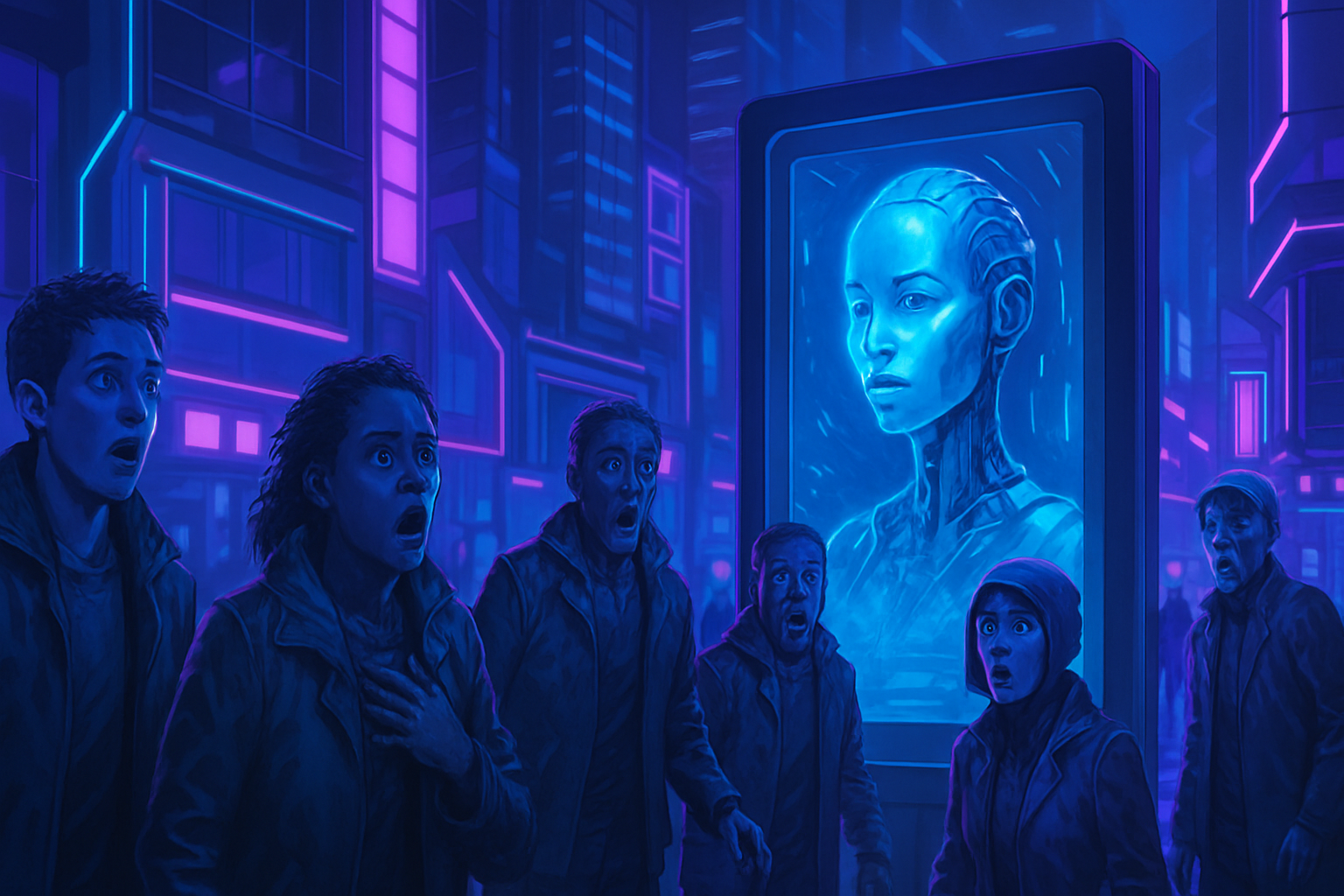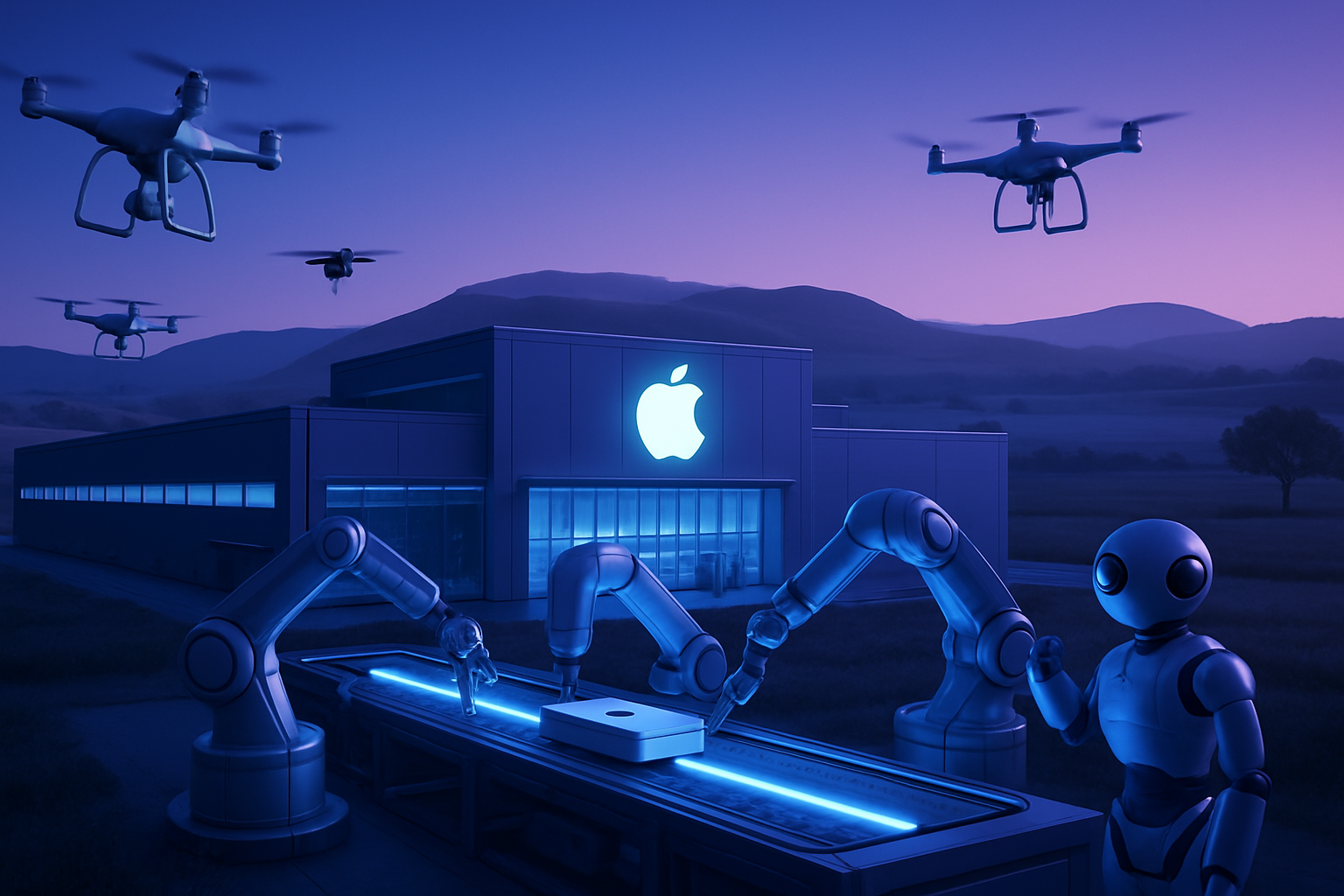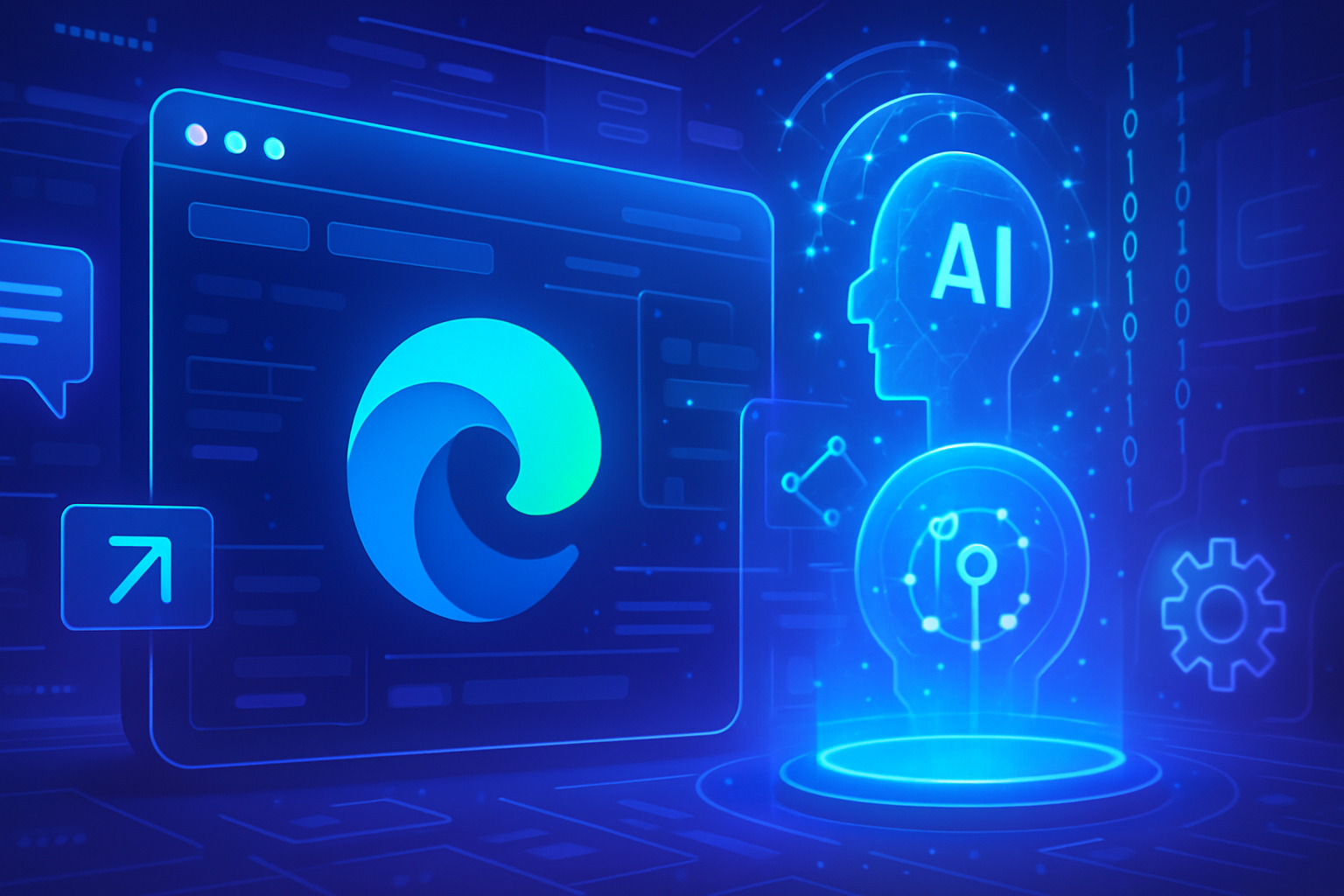Self-directed learning is emerging as a revolution in the world of robots. These machines are now adopting processes stemming from observation. The innovative RHyME system transposes explanatory videos into robotic know-how, transforming the way robots perform tasks. A significant breakthrough is emerging: the substantial reduction of data needed for learning. Finely programmed robots become capable of adapting to unforeseen circumstances in their environment. This dynamic redefines training standards, paving the way for practical and varied applications.
A revolutionary system for robotic learning
Researchers at Cornell University have developed an innovative system, RHyME (Retrieval for Hybrid Imitation under Mismatched Execution). This robotic framework, powered by artificial intelligence, allows machines to learn tasks by observing a single explanatory video. This method could transform the way robots acquire skills.
The challenges of robotic learning
Traditional robots are characterized by laborious and often frustrating learning methods. They require precise, step-by-step instructions to perform basic tasks. When unforeseen events happen, like a tool dropping, the robot fails and often “gives up” on the task. The invention of RHyME could significantly reduce the time, energy, and costs associated with training robots.
An approach inspired by humans
Kushal Kedia, a computer science PhD student, emphasizes that human learning experience is based on observation. Humans are inspired by the actions of others to perform tasks, an aspect that robots have not been able to reproduce. RHyME thus aims to translate human gestures into instructions understandable by robots.
The innovative methodology of RHyME
The RHyME system integrates an imitation learning approach, where the robot learns from demonstrative videos made by humans. However, the videos must be executed precisely and smoothly. Adapting human movements to robotic execution presents a significant challenge, but RHyME offers a solution to this issue.
This framework allows robots to draw from their memory and associate actions seen in a single video. For example, a robot can examine a video showing a person taking a cup from a counter and placing it in a sink. RHyME guides it to draw inspiration from similar actions in other videos. This capability is crucial for the adaptation of robots in varied environments.
Promising results
According to researchers, RHyME could reduce the data requirements for robotic learning. The system requires only 30 minutes of collected data to enable skill acquisition. In laboratory tests, robots trained with this method showed over a 50% increase in success rate for task execution compared to more traditional methods.
A transformation in programming methods
Sanjiban Choudhury, an assistant professor of computer science, discusses the disruptive nature of RHyME. The current method of programming robots often requires thousands of hours of teleoperation, an impractical approach. RHyME represents a necessary shift towards scalable and effective training for robots.
Future perspectives in robotics
Although significant progress has been made, many challenges remain. Robots must overcome the limitations of their understanding of the physical world. The context of robotic development is still far from the generalization of robotic assistants in homes. Ongoing research aims to further refine this technology.
To deepen the development of artificial intelligence across various fields, initiatives like those from the CNIL encourage the integration of tailored robotic solutions.
The implications of the emergence of RHyME extend beyond mere technical improvement. Other fields, such as automated assembly, are also exploring innovations, as evidenced by the cyborg cockroach factory project, which aims to improve the manufacturing of hybrid robots.
As part of the efforts for more efficient robotics, studies on swarm microrobots show that innovative solutions can overcome the limitations of active robots.
As RHyME opens new avenues for robotic learning, the focus will be on continued research and the integration of innovative approaches in the field.
Frequently asked questions
How does the RHyME system work to teach robots to execute tasks?
The RHyME system allows robots to learn by observing an explanatory video of a task, using imitation learning techniques. This system integrates artificial intelligence approaches to make learning more adaptable and less dependent on conventional training data.
What is the impact of explanatory videos on robot learning?
Explanatory videos enable robots to learn more effectively by showing them human demonstrations of tasks. This reduces the need for hours of teleoperation, as robots can base their imitation on a single vision of the actions observed.
What types of tasks can robots learn using this system?
Robots can learn a variety of tasks ranging from manipulating simple objects, such as taking a mug, to more complex sequences, such as organizing objects, depending on the demonstrations provided in the videos.
What amount of data is needed to train a robot with RHyME?
RHyME requires only 30 minutes of a robot’s data to achieve a higher performance level, allowing for over a 50% increase in success rate for task execution compared to traditional methods.
What are the challenges associated with observational learning in robots?
Challenges include the difficulty for robots to follow fluid human movements and reproduce actions accurately. Due to the variability of human behaviors, robots must be designed to manage these discrepancies between their actions and those of humans.
Can RHyME be applied in real-world environments where conditions frequently change?
Yes, RHyME’s approach aims to equip robots with the necessary adaptability to operate in real-world environments, enabling them to learn from observations even in varied contexts.
How does RHyME differ from traditional robotic learning methods?
Unlike traditional methods that require countless hours of programming and teleoperation, RHyME offers a faster and scalable approach, where robots learn from a limited number of video examples by imitating humans.
What are the future implications of RHyME for domestic assistants?
RHyME paves the way for smarter domestic assistants, capable of performing various tasks with minimal human intervention, thus increasing the efficiency and utility of robots in everyday environments.






